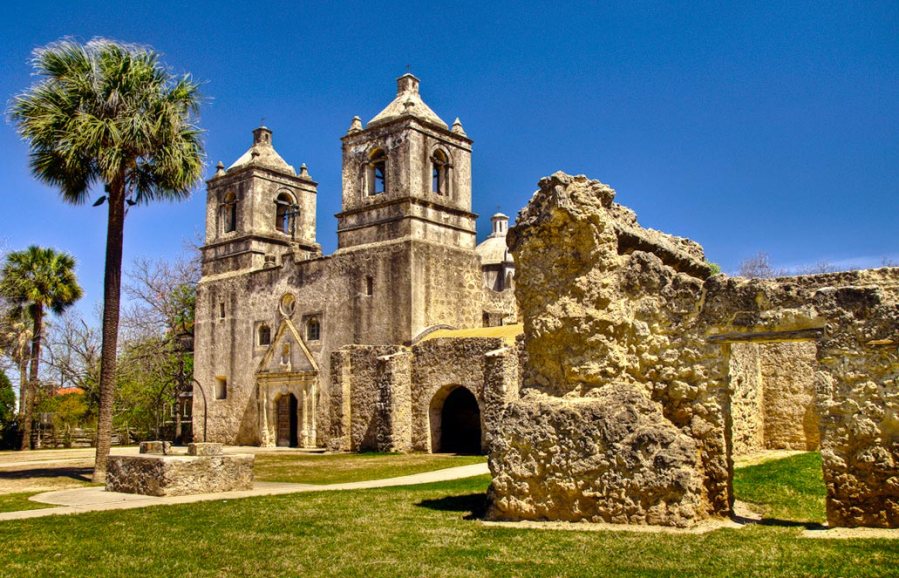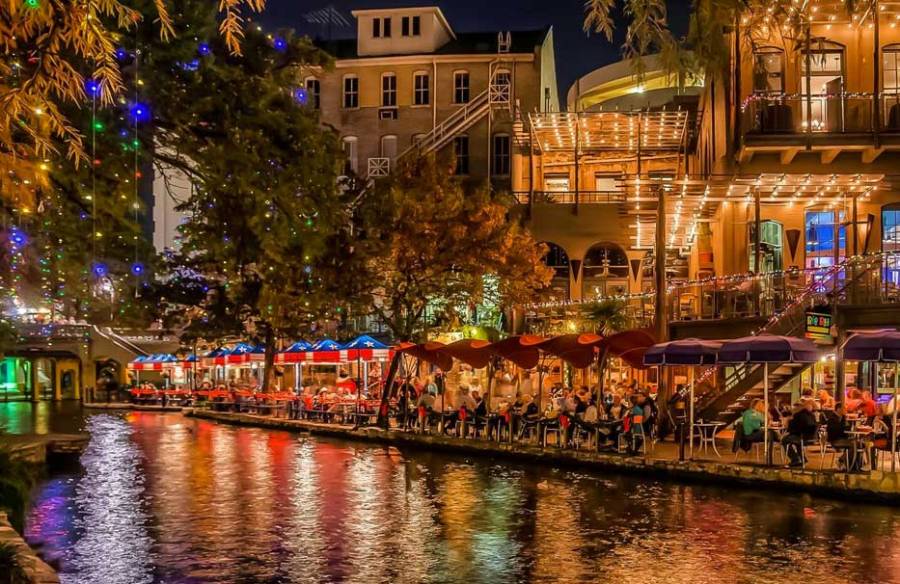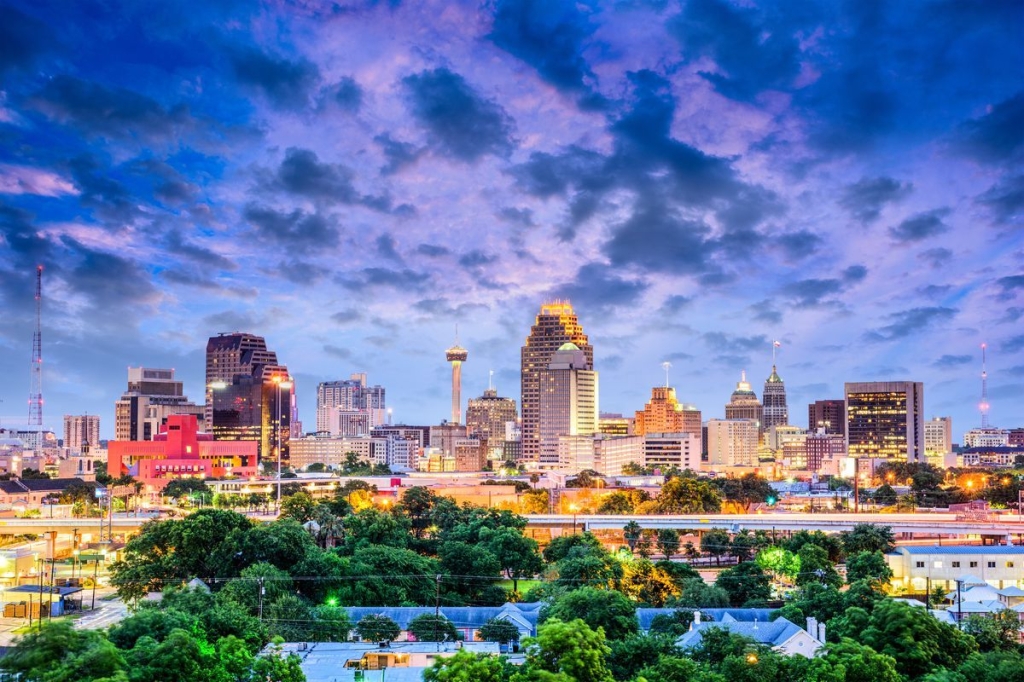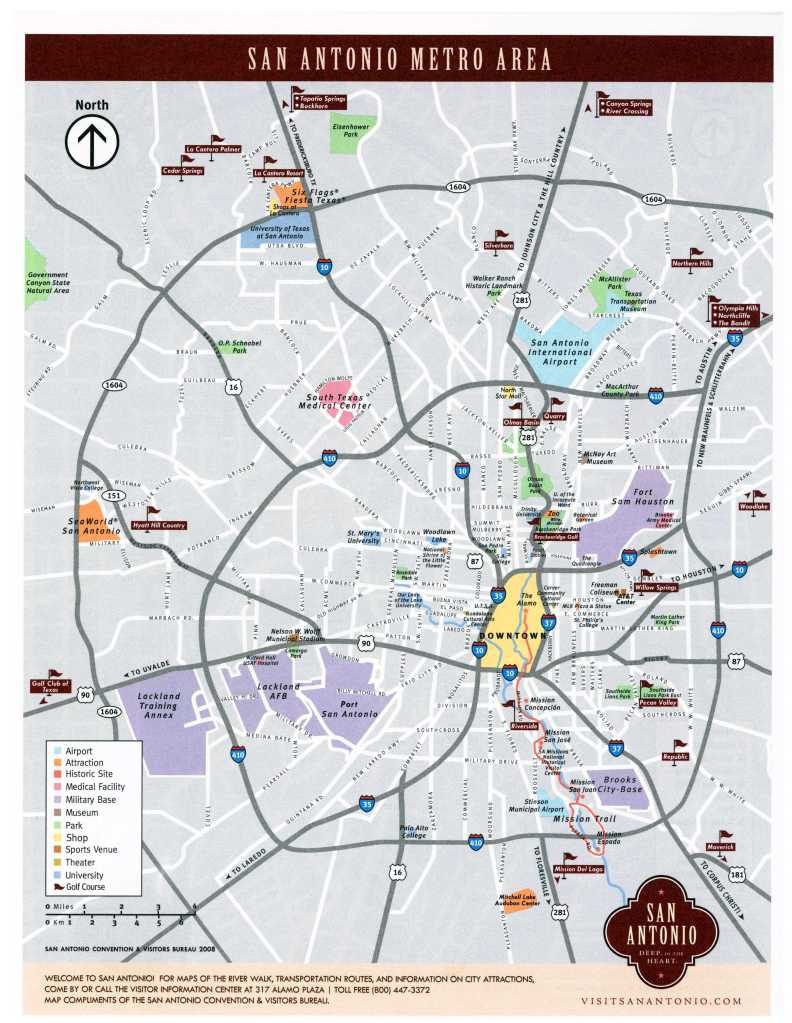San Antonio, Texas
A city that maintains history, culture, and a lively ecosystem
Founded as a Spanish outpost and the first civil settlement in Texas, San Antonio is heavily influenced by Mexican American culture and the influx of significant German, Anglo, and African American cultural influences.
Although not a National Heritage Area, the City of San Antonio has national ecological importance as its surrounding environs lay also at the confluence of four ecological regions, a situation unique in all of Texas. The San Antonio River Watershed in particular is a corridor of culture and history that connects the heart of San Antonio to the confluence with the Guadalupe River near San Antonio Bay and the Texas Gulf Coast.
San Antonio at a Glance
Preserving and revitalizing San Antonio means many things to many people. For the sake of this project, it means working to protect identifiable special places in the region’s history, culture, and natural environment. As a result, what this project develops is the integration of land and life. As San Antonio continues to thrive and experience intense economic and population influx, the goal of place-making for the community becomes critical to the region’s past, present, and future.
History

In the 18th century, Spanish priests established five Catholic missions along the San Antonio River. The systems instituted by the friars led to an ethnically diverse society that continues to influence our city. Today, the five missions (Mission San Antonio de Valero, Mission San José, Mission Concepción, Mission San Juan and Mission Espada) represent the largest concentration of Spanish colonial missions in North America and have been named a World Heritage Site by the United Nations Educational, Scientific and Cultural Organization (UNESCO).
For more information please visit: https://www.sanantonio.gov/worldheritage
Culture

Be river proud! The health of the San Antonio River plays a large part in protecting its surrounding environment and populations.
Tourism on the riverfront also helps sustain a large portion of the city’s economy. For both locals and outside populations, the San Antonio Riverwalk presents spaces for cultural learning and discourse.
For more information, please visit: https://www.sara-tx.org/
Ecosystem

The City of San Antonio and its surrounding environs lay at
the confluence of four ecological regions, a situation unique in all of Texas. These ecoregions—Blackland prairie, Post oak savanna, South Texas plains, and Edwards Plateau—are each distinct in their soil, flora, and fauna. Also of note are the many springs, creeks, and rivers which arise in the immediate vicinity and to areas west and northeast of San Antonio as a result of fault lines along one the of nation’s largest karst limestone aquifers. This feature, together with the varied vegetation,
produces a migratory flyway par excellence.
For more information, please visit: http://www.systemecology.com/4_Past_Projects/AF_SanAntonio.pdf
San Antonio by the numbers
In 2018, San Antonio, TX had a population of 1.53M people with a median age of 33.7 and a median household income of $49,024. Between 2017 and 2018 the population of San Antonio, TX grew from 1.51M to 1.53M, a 1.34% increase and its median household income declined from $50,044 to $49,024, a -2.04% decrease.
The population of San Antonio, TX is 64% Hispanic or Latino, 24.8% White Alone, and 6.18% Black or African American Alone. N/A% of the people in San Antonio, TX speak a non-English language, and 90.9% are U.S. citizens.
The following data comes from Data USA: https://datausa.io/profile/geo/san-antonio-tx/
| Population | 1.53 M | 1.34% growth |
| Poverty Rate | 18.6% | |
| Median Age | 33.7 | |
| Employees | 716,405 | 1.42% growth |
| Median Household Income | $49,024 | 2.04% decline |
| Median Property Value | $155,600 | 4.99% growth 53% home ownership rate |
Economy Snapshot
The economy of San Antonio, TX employs 716k people. The largest industries in San Antonio, TX are Health Care & Social Assistance (98,054 people), Retail Trade (88,240 people), and Accommodation & Food Services (75,249 people), and the highest paying industries are Mining, Quarrying, & Oil & Gas Extraction ($63,514), Utilities ($56,230), and Agriculture, Forestry, Fishing & Hunting, & Mining ($53,054).
Median household income in San Antonio, TX is $49,024, which is less than the median household income across the US ($61,937). Males in San Antonio, TX have an average income that is 1.38 times higher than the average income of females, which is $48,835. The income inequality in San Antonio, TX (measured using the Gini index) is 0.479, which is higher than than the national average.
Diversity Snapshot
San Antonio, TX is home to a population of 1.53M people, from which 90.9% are citizens. As of 2017, 13.7% of San Antonio, TX residents were born outside of the country (207k people). As of 2018, 90.9% of San Antonio, TX residents were US citizens, which is lower than the national average of 93.2% and which has also decreased since 2017. In 2018, there were 2.58 times more Hispanic or Latino residents (981k people) in San Antonio, TX than any other race or ethnicity. There were 380k White Alone and 94.7k Black or African American Alone residents, the second and third most common racial or ethnic groups.
